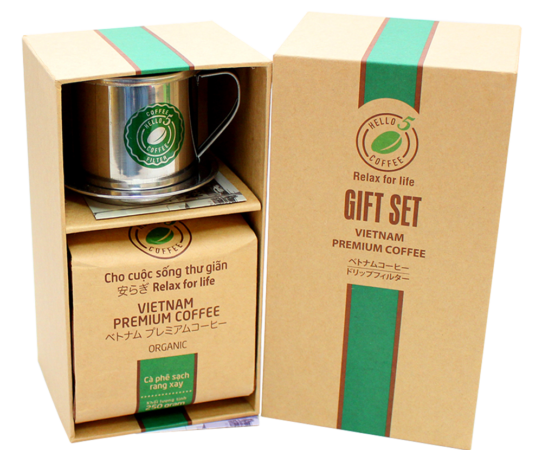
How Packaging Shapes Holiday Gift Perception
During the holiday season, packaging does more than protect—it directly influences how
Home » Archives for brownpackaging » Page 4

During the holiday season, packaging does more than protect—it directly influences how

Holiday e-commerce packaging carries two expectations: delivering a memorable unboxing experience and
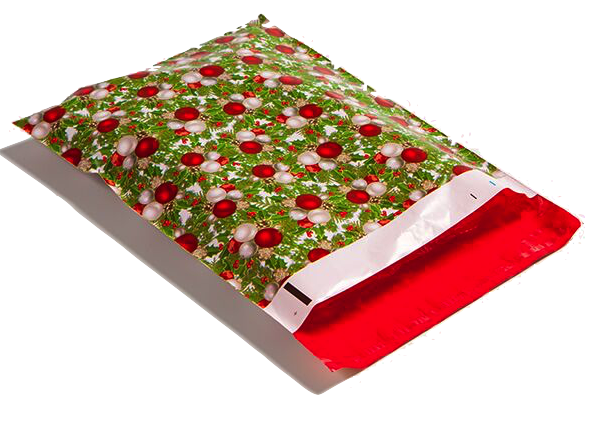
Holiday e-commerce volumes can overwhelm manual packing operations. Automation offers a scalable
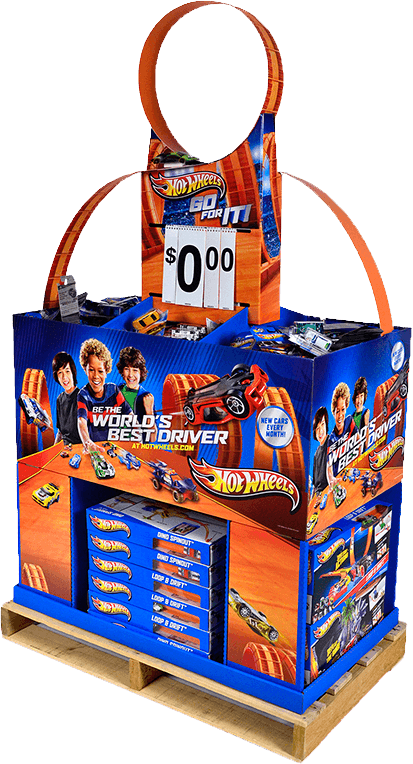
Point-of-purchase (POP) displays do more than attract shoppers—they must also survive the

Holiday returns cost retailers billions each year, with packaging failures being a

Unboxing has become a core part of the e-commerce experience, especially during
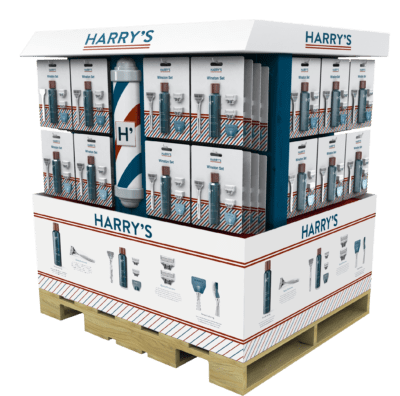
Club stores such as Costco, Sam’s Club, and BJ’s Wholesale represent unique
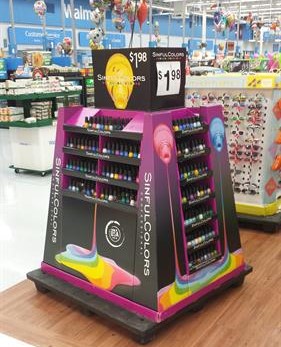
Point-of-purchase (POP) displays play a dual role in retail environments: they must
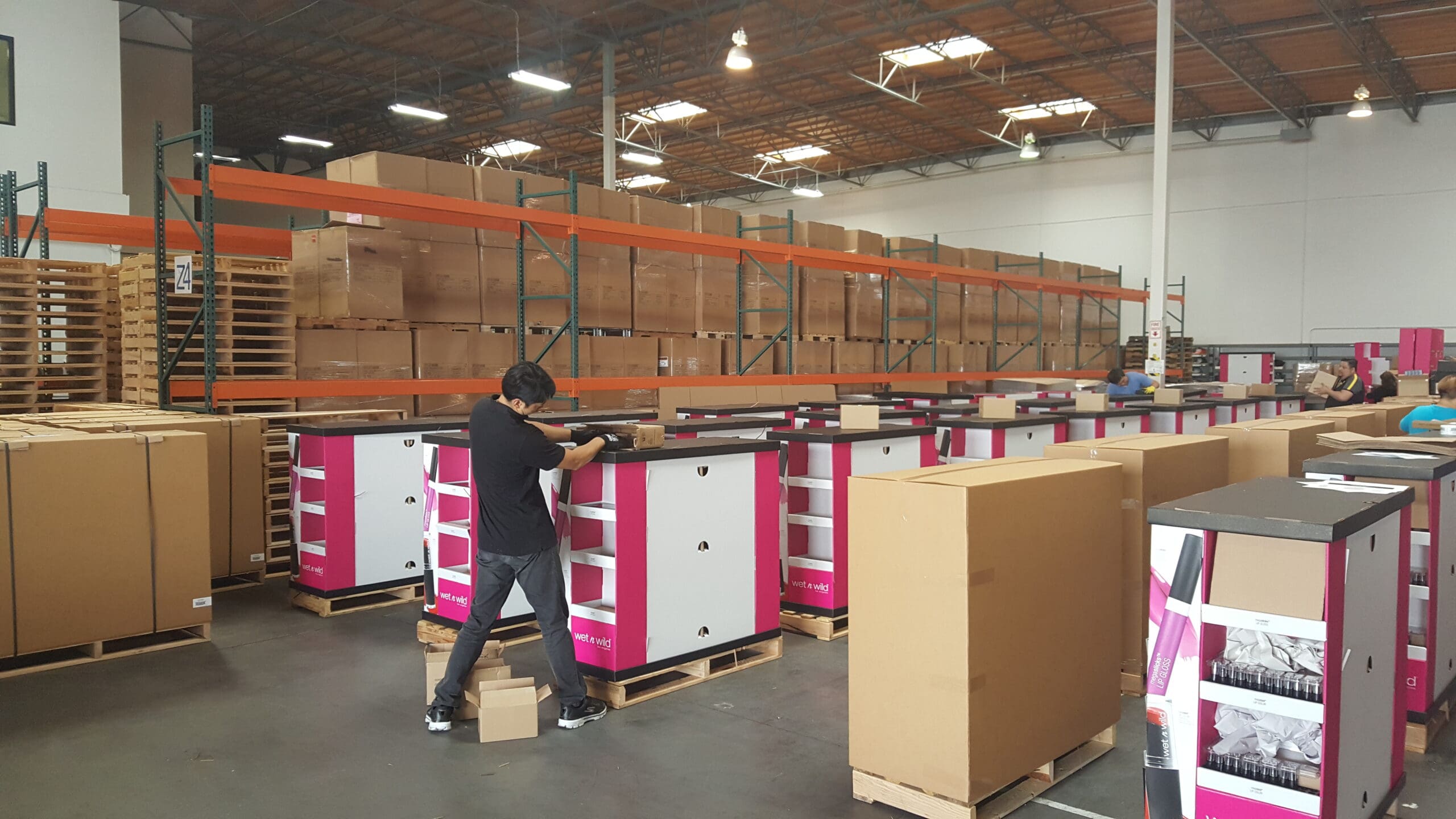
Point-of-purchase (POP) displays must catch a shopper’s eye while also moving efficiently
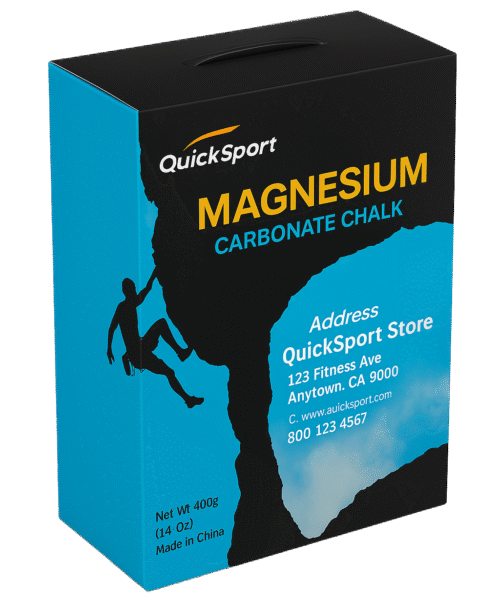
High-speed automated packaging lines can run hundreds of cartons per minute, but
With new tariff proposals and continued trade uncertainty, 2026 is shaping up to be another pivotal year for packaging sourcing strategy. Many companies that shifted
Following multiple rounds of tariff changes and trade policy adjustments, 2026 marks a turning point for U.S. packaging buyers. Many who previously transitioned from China
Shifting packaging production from China to the U.S. can help stabilize costs, reduce tariff exposure, and shorten lead times. But the transition process requires careful
RSC boxes are known for their efficiency and versatility, but their performance ultimately comes down to strength. Buyers often see numbers like ECT, BCT, and
In packaging, foam isn’t just about initial protection — it’s about maintaining performance over the entire shipping or storage cycle. Compression set and recovery characteristics
Pouches are a go-to for flexibility and convenience, but they can fail in critical ways—from poor seals to punctures and delamination—that hurt performance and brand